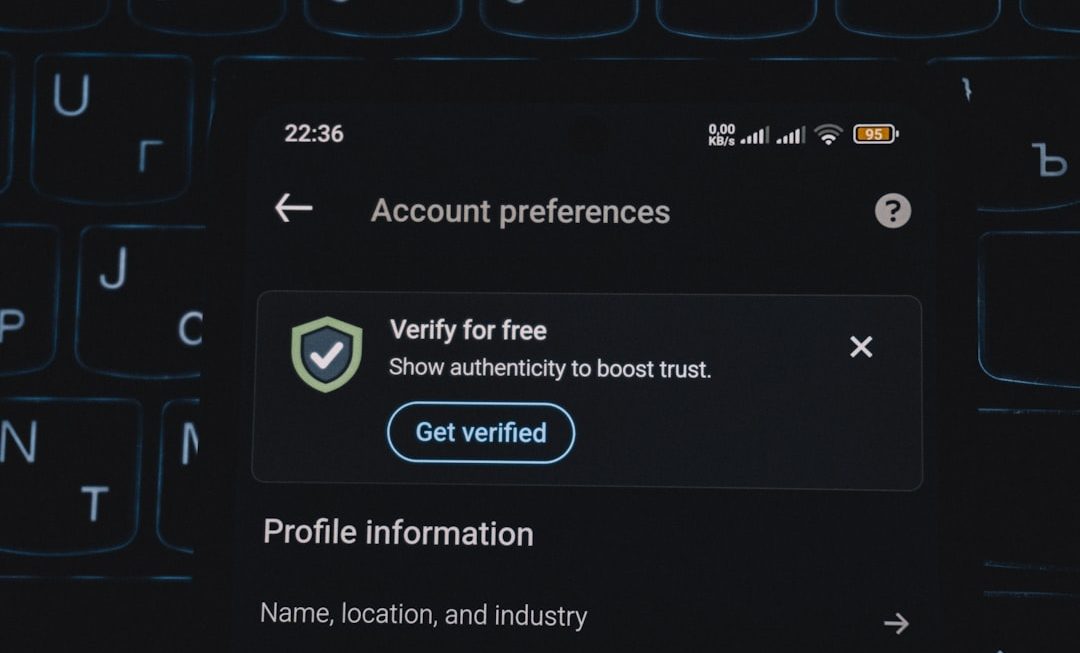Legal professionals today are embracing AI tools to streamline their writing and improve accuracy. These tools are fast, efficient, and smart. But here’s the catch — using them wisely means you still need to keep an eye on two key things: ROI (Return on Investment) and compliance. Let’s make sense of this, one simple step at a time!
TLDR: Want to get the most bang for your buck with legal AI tools? Measure ROI by tracking time saved and value delivered. Follow industry rules to stay compliant. Don’t trust the AI blindly — always verify. A strategic, thoughtful approach gives better results and keeps you out of trouble.
Why Measure ROI in the First Place?
You probably wouldn’t buy a fast sports car just to let it sit in your garage. The same goes for legal AI tools. Measure their ROI to ensure they’re pulling their weight.
ROI means: Are you saving more time, money, or effort than you’re spending? If yes, that’s a good return.
Let’s break it down.
- Time Saved: How many hours of writing or research does the AI tool save your team?
- Cost Reduction: Are you outsourcing less or working faster with fewer resources?
- Improved Accuracy: How many errors are avoided? Fewer mistakes save a lot in legal work!
Now let’s look at how to actually measure this.
How to Measure ROI for Legal AI Tools
This might sound math-y, but it’s quite simple when broken down:
- Track Time: Before and after using the AI tool, keep track of how long writing tasks take. Use time-tracking software or logs.
- Calculate Costs: Compare costs of manual work vs. cost using the tool. Include licensing, training, and integration fees.
- Monitor Output: How much more work are you completing now? Look at report volume, contract reviews, or briefs written per week.
- Error Rates: See if mistakes decrease when the tool is used. Fewer revision cycles also mean savings!
Here’s a super basic formula you can use:
ROI (%) = [(Value Gained – Cost of Tool) / Cost of Tool] × 100
Value gained could be monetized time saved or reduced cost. Use estimates if exact numbers are hard.
Don’t Forget the Human Element
AI helps you do faster. But it doesn’t always help you think better. That’s still your job.
Make sure to:
- Review AI output carefully
- Ensure tone and context are correct
- Train staff regularly on how to use the AI effectively
This minimizes “hidden costs” like rework or reputational damage from AI-generated errors.

Staying Compliant While Using Legal AI
Let’s get real. The law world runs on rules. And when you use AI, you still have to follow those rules.
So, what should you watch out for?
1. Data Privacy Laws
Legal documents are packed with confidential info. Make sure the AI tool:
- Encrypts data
- Follows GDPR or local data laws
- Doesn’t store your client files without permission
Before uploading information, ask: “Would my client be okay with this going to a third-party server?”
2. Confidentiality and Ownership
Who owns the content the AI helps you create? And can anyone else see it?
Read the terms! Some tools reuse your inputs to train their models — that might be a red flag for sensitive legal work.
3. Court & Bar Expectations
Some courts have already warned against using generative AI for filings. And bar associations might have their own rules.
Stay updated on:
- AI-generated text disclosures in court submissions
- Rules about unauthorized practice of law
- Ethical concerns around automation abuse
When in doubt, talk to your firm’s general counsel or an ethics committee.
Best Practices for ROI + Compliance Harmony
Here’s how to walk the line between profit and legality — the smart way.
- Use Audit Trails: Pick tools that track who did what and when. Transparency helps in case of audits or errors.
- Limit Access: Only give tool access to authorized team members. Use role-based permissions.
- Set a Review Process: Always have a human review AI-generated drafts before they’re sent out.
- Document Your Savings: Keep a monthly record of savings and improvements for reporting.
- Regularly Update Policies: Tech changes fast. Make sure your compliance and usage guidelines keep up.

Choosing the Right AI Tool from the Start
Choosing the best AI tool for legal writing is half the battle. Here’s what to look for:
- Legal-Specific Features: Contract analysis, case summarization, legal citation support
- Security & Compliance: SOC 2, ISO 27001 certified? Excellent.
- Customizable Output: Can it match your firm’s tone and rules?
- Good Support: If something breaks, you need help. Fast.
- Training & Tutorials: The best tool is useless if your team doesn’t know how to use it
Don’t just go with the big names. Test a few with trial periods and get feedback from your legal team.
Keep It Fun: Gamify Your ROI Tracking!
Here’s a fun idea: Make ROI tracking into a game for your team.
Create monthly leaderboards like:
- Most hours saved using AI
- Best-quality AI-assisted draft
- Biggest cost-saving case of the month
Reward wins with small prizes or bragging rights. It keeps the team engaged and aware.
Time to Take Action
Using AI for legal writing makes your life way easier — if you do it right. That means:
- Measuring how much it helps you save time and money
- Keeping client data protected and following legal rules
- Choosing a tool that fits both your needs and your ethics
Like any powerful tool, AI must be used with care. Done wrong, it costs you. Done right, it’s a game-changer. So measure smart, stay compliant, and enjoy the benefits!



